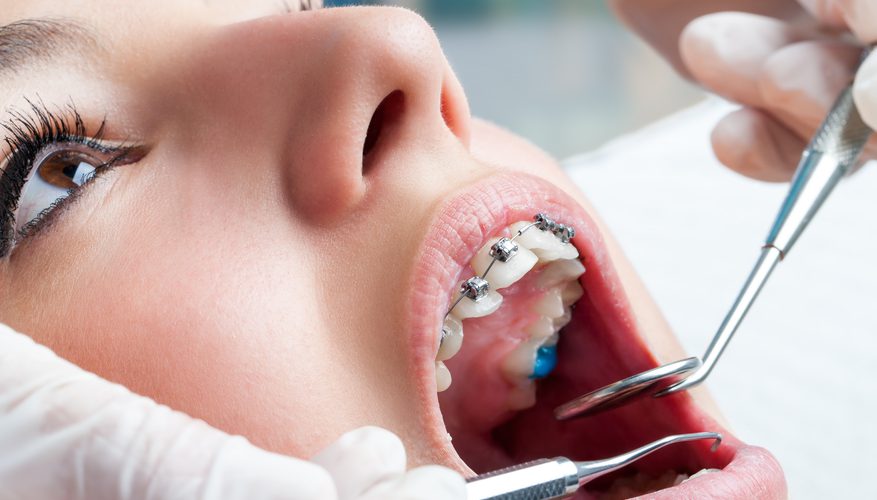Although some doctors in their circles do not consider dentistry as an extended branch of their own profession, yet dentists play a vital part in today’s society. At this age, everyone is more or less absorbed in looking better than the next person and what attracts others more than a bright smile. Herein the dentists come into playing the role of enhancing one’s inherent beauty or slightly modifying areas which can be modified. People can consult or take opinions when choosing a orthodontic dentist.

An orthodontist can also be referred to as an orthodontic specialist or dentofacial orthopedist. His or her journey to become a specialist or a surgeon starts at medical school. After completing it he or she has to do two to three years of specialized course on the subject he or she wants to gain prominence in. The job of the orthodontist is to diagnose the irregularity the patient is reporting, suggest or prescribe a way to prevent the same, intercept the problem if it can be done, and last but the most important, to treat dental and facial irregularities. These issues tend to include problems where teeth are crowded or too far apart from one another, teeth that have an abnormal pattern of meeting, or when they do not meet at all, teeth that tend to stick out or any other mismatch related to the jaws. Their job is to treat problems related to teeth that have been existent over time and also to identify problems that are emerging; to treat them before they take the form of a full blown cause of pain and suffering for the patient. They treat patients of all ages, be it children, adolescents, adults or people of old age.
Orthodontists create a custom plan of treatment for each of his or her patient, depending on the type, nature and severity of problem of the patient. They create personalized plan of treatment for each and every patient and employ in-person, 2D or 3D techniques to diagnose the root cause of the problem on individual basis. Orthodontists use different types of appliances to treat the patient’s problem. These appliances can range from traditional braces to clear aligners or braces on the inside of the teeth. These constitute a part of adjunctive therapy. This is a non surgical therapy and this is the researched as the best option to shorten the duration of endodontic treatment. Once completed, there is a tendency for the teeth to return to their pre-treatment positions over time. This relapse is a time consuming procedure that takes up to eight to ten years. But this is avoidable by means of an orthodontic retainer which can be fixed or removable. Good oral hygiene is an essential requirement for a successful endodontic treatment. High quality care is necessary when the patient is wearing removable aplliance.
